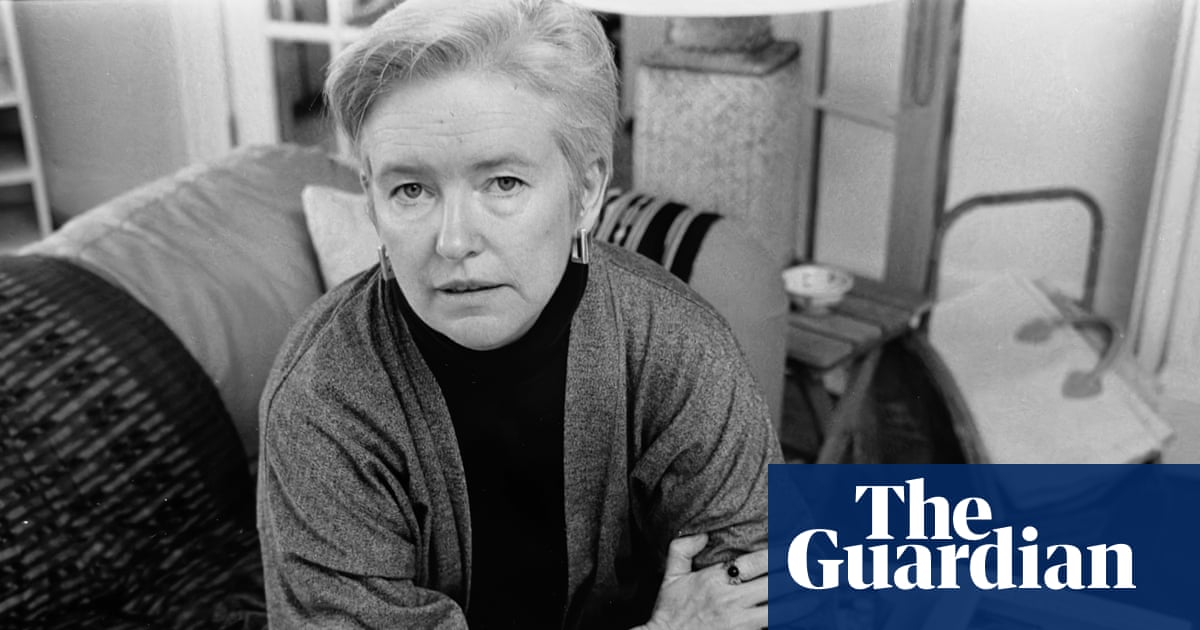Susan Griffin, who has died aged 82, was an author, playwright and feminist whose 1978 book Woman and Nature: The Roaring Inside Her (1978), which explored the interconnectedness of the destruction of the planet, sexism and racism, is credited…
Author: admin
-

K-P govt stalls as CM Afridi delays cabinet formation pending Imran Khan’s approval
Party sources say PTI’s central leadership suggested forming short cabinet to ensure governance continuity
Chief Minister of Khyber Pakhtunkhwa, Sohail Afridi, speaks during assembly session in Peshawar on October 13. Photo: K-P government/File
Continue Reading
-
Germany’s Svenja Muller & Cinja Tillmann conquer the women’s crown at the Cape Town Elite on the Volleyball World Beach Pro Tour; Netherlands’ Katja Stam & Raisa Schoon settle for silver; Germany’s Sandra Ittlinger & Anna-Lena Grune take bronze
Katja Stam & Raisa Schoon of the Netherlands, who started their Cape Town campaign as leaders of the qualification bracket, made it all the way to the final and picked up silver. For the two-time Olympians, it was the 10th Beach Pro Tour…
Continue Reading
-

Camila Mendes and Rudy Mancuso Are Engaged: See Photos
Camila Mendes is engaged!
The Riverdale star shared that she will be marrying actor Rudy Mancuso on Oct. 25, sharing a few sweet photos of the proposal on her Instagram. “engaged to my best friend 🥹💍” she captioned the post.
Their…
Continue Reading
-

Microsoft’s AI Chief Criticizes ChatGPT’s Erotica Features Despite $13 Billion OpenAI Investment – Microsoft (NASDAQ:MSFT)
In a move that sets it apart from competitors, Microsoft Corp. (NASDAQ:MSFT) has chosen not to develop “simulated erotica” for its chatbot users.
During a summit last week, Microsoft’s AI CEO Mustafa Suleyman warned that such…
Continue Reading
-
Rain spoils India's tune-up for Women's World Cup semi-final – France 24
- Rain spoils India’s tune-up for Women’s World Cup semi-final France 24
- Women’s Cricket World Cup 2025 results: India v Bangladesh no result after rain BBC
- Radha shines in washout between India and Bangladesh ESPNcricinfo
- India’s Last Group Game…
Continue Reading
-

Demi Moore Wears Saint Laurent Platform Boots at the New Yorker Festival
Towering platform boots have been adopted by many a celebrity, the latest being Demi Moore. On Saturday, the Oscar-nominated actress made an appearance at the New Yorker Festival 2025 in Saint Laurent’s sky-high Nico…
Continue Reading
-

Ceballos, 200 Real Madrid matches
Ceballos played his 200th match for Real Madrid against Barcelona at the Bernabéu. The midfielder reaches this milestone in his seventh season with our team, with whom he has won 16 titles.
Since his debut on 16 August 2017, in the Spanish…
Continue Reading
-

Real Madrid 2-1 Barcelona (Oct 26, 2025) Game Analysis
Real Madrid edged past Barcelona in the first El Clásico of the season as goals from Kylian Mbappé and Jude Bellingham helped them to a 2-1 victory at the Santiago Bernabeu.
Mbappé opened the scoring in the 22nd minute when he was set through…
Continue Reading
-
Egypt Aids Search for Bodies of Dead Captives in Gaza – The New York Times
- Egypt Aids Search for Bodies of Dead Captives in Gaza The New York Times
- Updates: Israel relents as search for Gaza bodies expands with Egypt’s help Al Jazeera
- Egypt and Red Cross join search for hostage bodies in Gaza BBC
- Hamas expands search…
Continue Reading
